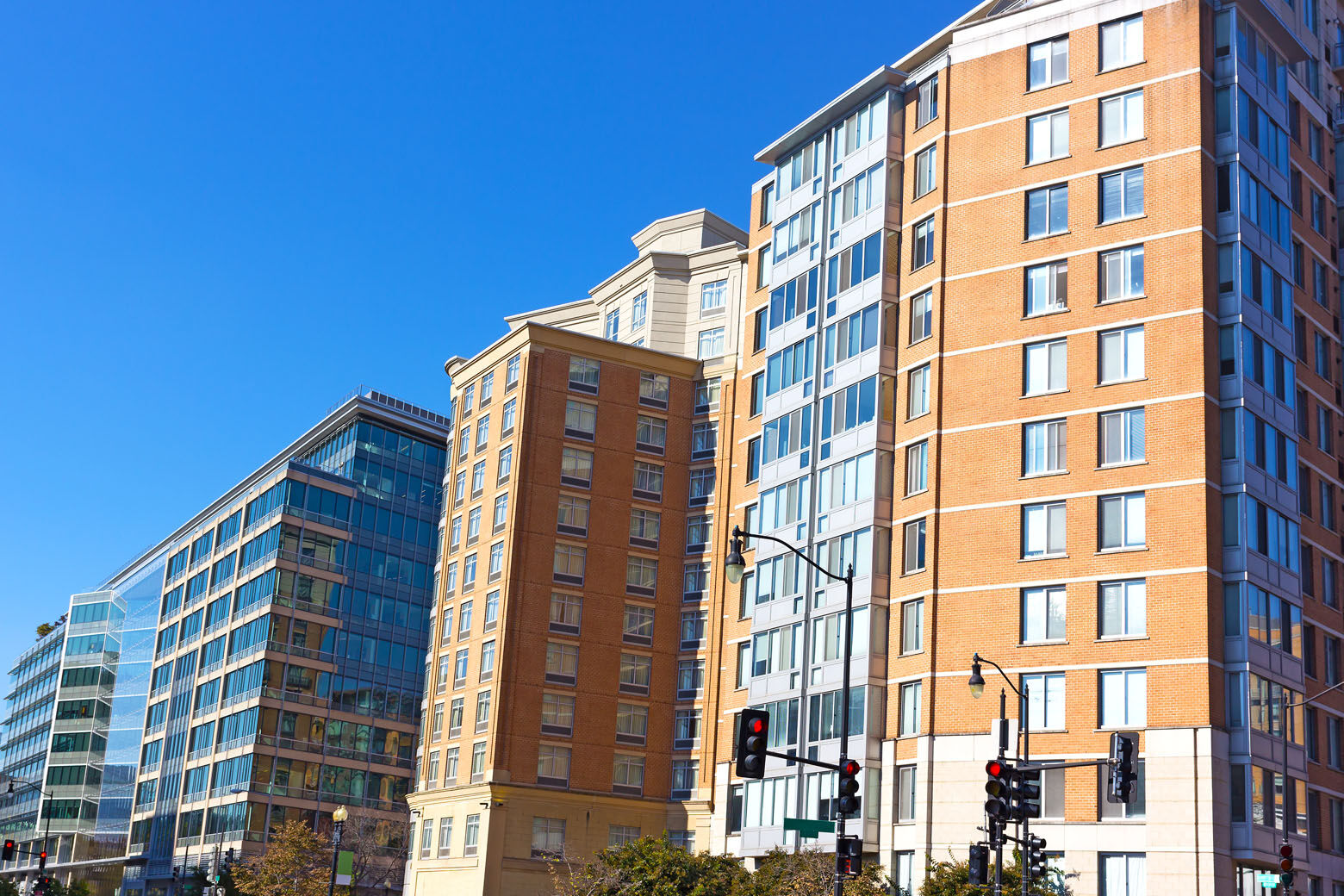
Apartment rents in the D.C. area remain some of the highest in the nation — but they’re slowly coming down as landlords seek to lure tenants.
As it stands now, D.C. ranks seventh highest among big cities for rent — averaging just over $2,100 a month across all apartment sizes in September. However, that is down 1.6% from the average rent a year ago.
Real estate firm Zillow reports that reflects what is happening in mostly large, expensive cities across the nation. Rent erosion has landlords responding to a drop in demand and rising vacancies by lowering rental rates.
Apartment vacancies are rising in big cities because remote work makes it possible for renters to relocate to less expensive places. But vacancies also are rising as a direct result of the high unemployment rate brought on by the COVID-19 pandemic, particularly among younger workers in the service industries.
“Their employment, their hours and their earnings have all been hammered, which makes it a lot harder for them to afford their own places,” said Jeff Tucker, economic research analyst at Zillow.
“So a lot of those folks are moving home. We’ve seen more than two million young people move back in with their parents.”
In addition to adjusting rents, more landlords are now offering concessions to fill vacant apartments.
“We saw the share of rental listings on our site that were offering concessions more than double this year,” Tucker said. “What that really means in practical terms in most cases is one or two months of free rent. On a yearlong lease, that’s better than a 10% discount.”
Other landlord concessions include no deposits, or lower ones, and free or reduced priced parking.
Does that mean renters can negotiate when signing a new lease?
“Yes, you can,” Tucker said. “You’re likely to have a lot more success than you would have a couple of years ago when it was a very tight rental market. But right now, they are worried about leaving those units vacant and that gives negotiating power to tenants.”
The biggest drops in apartment rents are in New York City and San Francisco, down 6% and 5.9% from a year ago, respectively.








